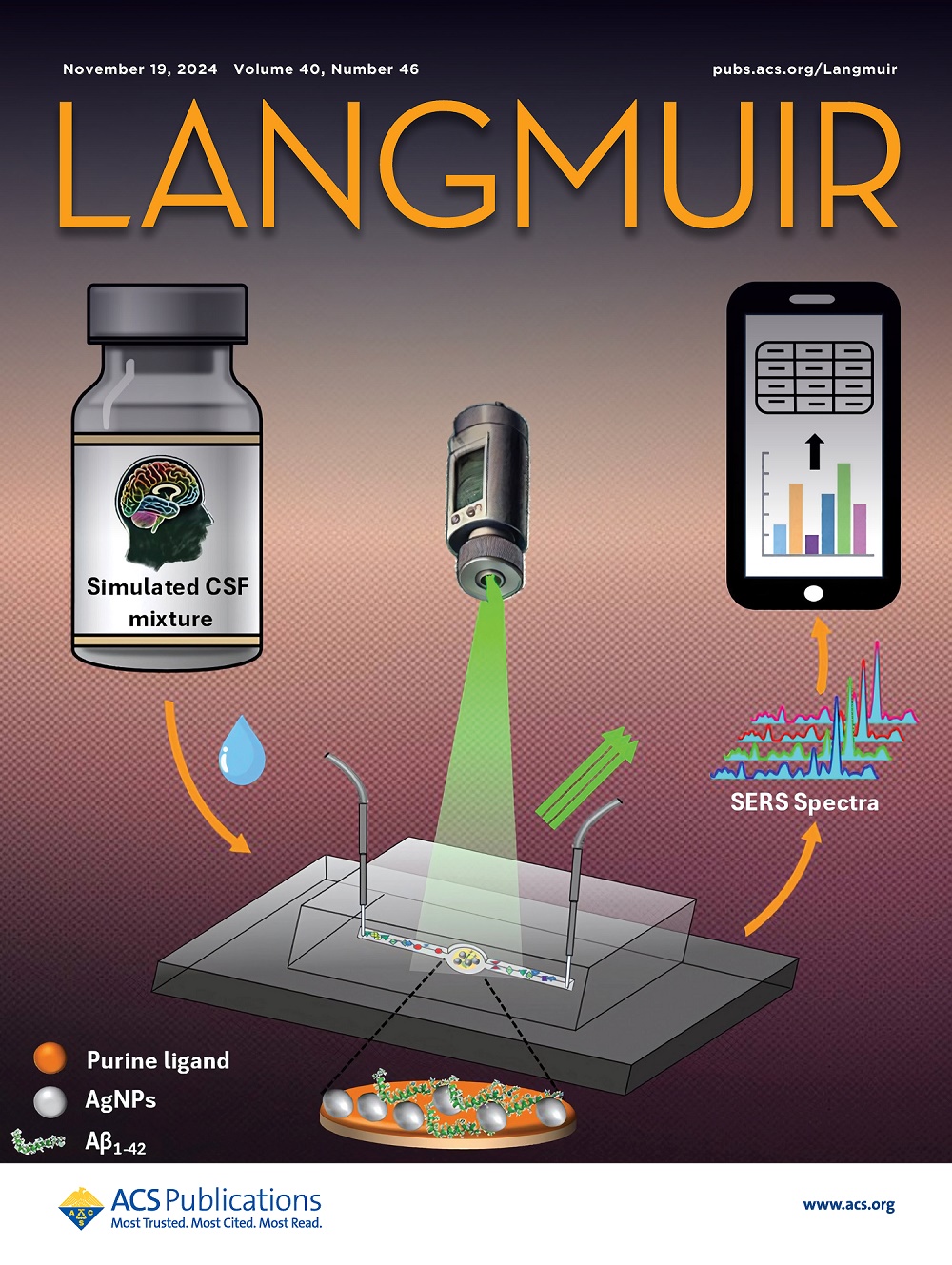Enhanced and Efficient Extraction of Uranyl Ions from Aqueous Waste Using Graphene/CNT-PAMAM Nanocomposites
IF 3.7
2区 化学
Q2 CHEMISTRY, MULTIDISCIPLINARY
引用次数: 0
Abstract
The increasing threat of uranium contamination to the environment and human health due to its radiotoxicity demands the development of efficient adsorbents for remediation. In this study, we investigated the potential of poly(amidoamine) (PAMAM) dendrimers of generations 1–4 (G1–G4) functionalized with graphene and carbon nanotubes (CNTs) as adsorbents for uranyl ion removal from aqueous solutions. By combining atomistic molecular dynamics (MD) simulations with experimental validation, we examined the influence of pH, uranyl ion concentration, and dendrimer generation on the adsorption behavior. Our study revealed that uranyl ion adsorption was greater when PAMAM was grafted onto graphene/CNT than when PAMAM was grafted onto pristine PAMAM. However, PAMAM-grafted CNTs exhibited superior adsorption capacity at specific uranyl concentrations due to their curvature and abundant accessible binding sites. Higher-generation PAMAM dendrimers grafted onto graphene/CNTs exhibited a greater adsorption capacity due to the increased availability of binding sites, which is consistent with experimental observations. The adsorption capability for uranyl ions in all four generations of the PAMAM dendrimer increased as the concentration of uranyl ions increased. The adsorption capacity increased with increasing uranyl ion concentration, and adsorption occurred on both PAMAM and graphene/CNT surfaces, with saturation observed at higher concentrations. This study provided insights into the adsorption mechanisms and highlighted the potential of PAMAM-based nanocomposites for efficient uranyl ion extraction and environmental remediation.

石墨烯/碳纳米管- pamam纳米复合材料从水中废物中高效提取铀酰离子
由于放射性毒性,铀污染对环境和人类健康的威胁越来越大,因此需要开发有效的吸附剂进行修复。在本研究中,我们研究了石墨烯和碳纳米管(CNTs)功能化的1-4代聚胺胺(PAMAM)树状大分子(G1-G4)作为吸附剂从水溶液中去除铀酰离子的潜力。通过原子分子动力学(MD)模拟和实验验证相结合,研究了pH、铀酰离子浓度和树突分子生成对吸附行为的影响。我们的研究表明,当PAMAM接枝到石墨烯/碳纳米管上时,铀酰离子的吸附比PAMAM接枝到原始PAMAM时更大。然而,pamam接枝的碳纳米管由于其曲率和丰富的可接近结合位点,在特定浓度的铀酰下表现出优越的吸附能力。由于结合位点的可用性增加,接枝到石墨烯/碳纳米管上的高代PAMAM树状大分子表现出更大的吸附能力,这与实验观察结果一致。4代PAMAM树状大分子对铀酰离子的吸附能力均随铀酰离子浓度的增加而增加。吸附量随铀酰离子浓度的增加而增加,在PAMAM和石墨烯/碳纳米管表面均发生吸附,浓度越高吸附量越饱和。该研究揭示了pamam基纳米复合材料的吸附机理,并强调了其在高效提取铀酰离子和环境修复方面的潜力。
本文章由计算机程序翻译,如有差异,请以英文原文为准。
求助全文
约1分钟内获得全文
求助全文
来源期刊

Langmuir
化学-材料科学:综合
CiteScore
6.50
自引率
10.30%
发文量
1464
审稿时长
2.1 months
期刊介绍:
Langmuir is an interdisciplinary journal publishing articles in the following subject categories:
Colloids: surfactants and self-assembly, dispersions, emulsions, foams
Interfaces: adsorption, reactions, films, forces
Biological Interfaces: biocolloids, biomolecular and biomimetic materials
Materials: nano- and mesostructured materials, polymers, gels, liquid crystals
Electrochemistry: interfacial charge transfer, charge transport, electrocatalysis, electrokinetic phenomena, bioelectrochemistry
Devices and Applications: sensors, fluidics, patterning, catalysis, photonic crystals
However, when high-impact, original work is submitted that does not fit within the above categories, decisions to accept or decline such papers will be based on one criteria: What Would Irving Do?
Langmuir ranks #2 in citations out of 136 journals in the category of Physical Chemistry with 113,157 total citations. The journal received an Impact Factor of 4.384*.
This journal is also indexed in the categories of Materials Science (ranked #1) and Multidisciplinary Chemistry (ranked #5).
 求助内容:
求助内容: 应助结果提醒方式:
应助结果提醒方式:


